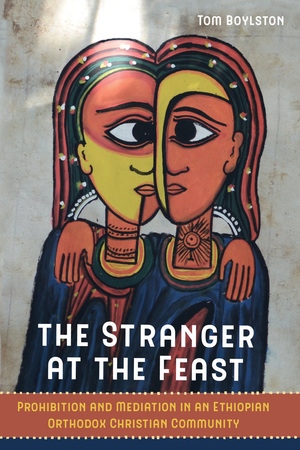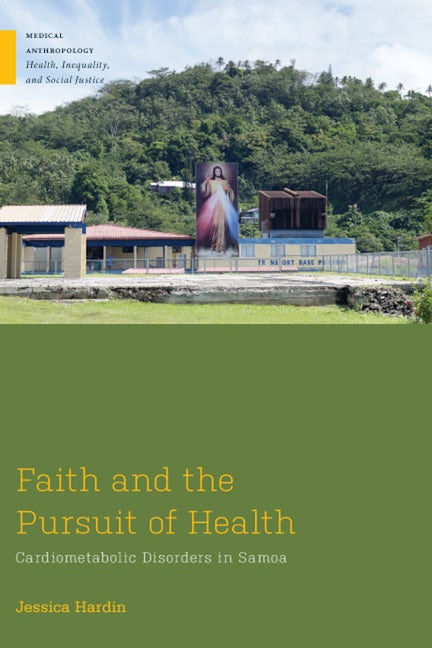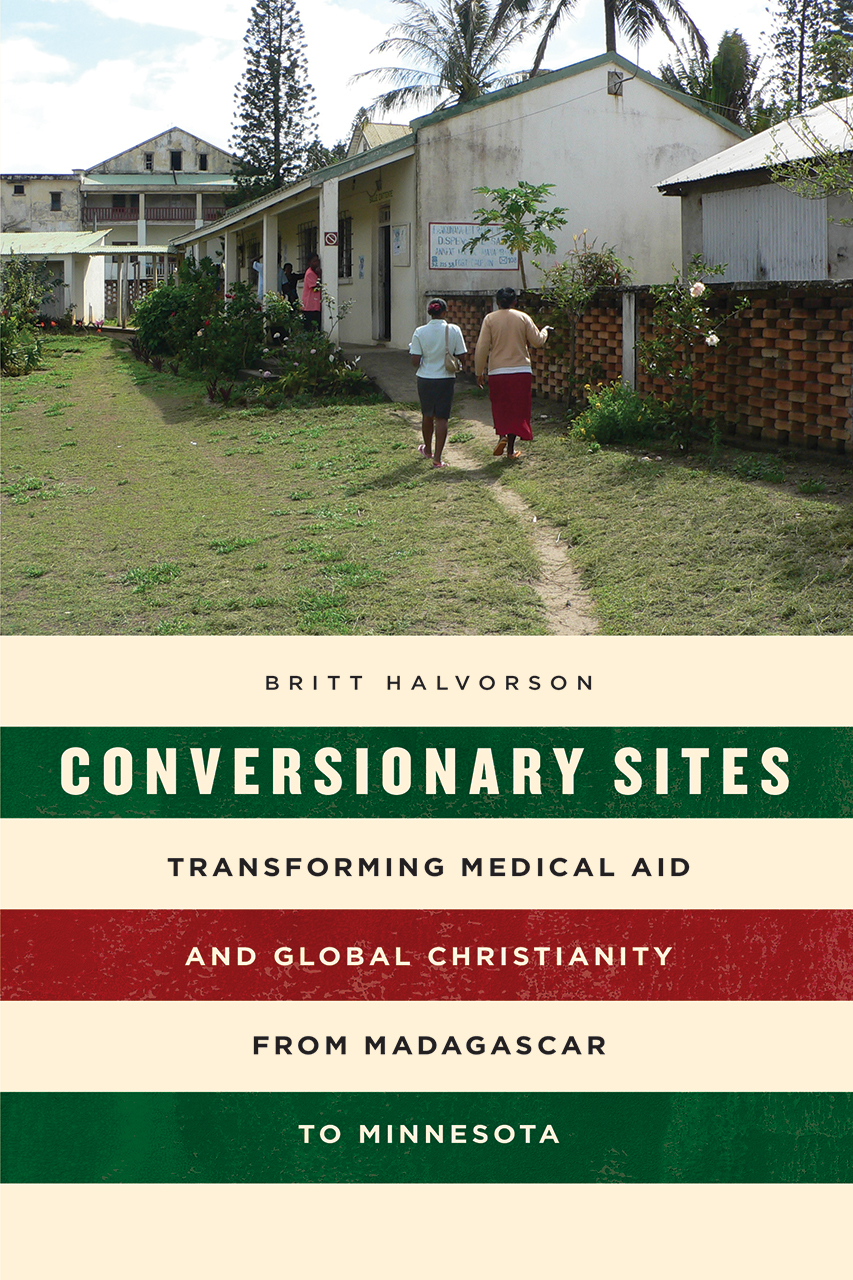
https://cabidigitallibrary.org/doi/book/10.1079/9781789249392.0000
It is interesting, and often useful, once a project has come to fruition (that is, seen the light of print), to breathe deeply, take a pause, and reflect on the path it has taken. To do this seems especially worthwhile when the work is entitled Women and Pilgrimage (Quinn and Smith 2022). In this case, to consider the collecting of articles as an academic form of sacred travel extends the metaphor, for, like the many journeys we as anthropologists undertake, this one demanded steadfastness and dedication. It continues to be a labor of love.
The origin story of Women and Pilgrimage
It was the second week of November 2019. The setting was the Symposium for Pilgrimage Studies at William and Mary College, Williamsburg, Virginia, where scholars gather annually to share the myriad aspects of pilgrimage: paths, perspectives, and pedagogy. As difficult as it is to believe now, “Covid-19” was not part of our vocabulary.
We two were – and still are – colleagues at academic institutions in Charleston, South Carolina. Initially, Alison T. Smith, professor of Spanish and French at The Citadel, and I, E. Moore Quinn, professor of Anthropology at the College of Charleston, had come together five years earlier to pursue the pilgrimage phenomenon; it was then that, as co-host of the first Sacred Journeys Conference on Pilgrimage at Oxford University, I invited Dr. Smith to join our list of conference presenters. Fortunately, she agreed.
For the next few years, Sacred Journeys was at the forefront of our working relationship. However, by 2019, both of us were developing an inchoate sense that gaps relating to women’s travel were apparent. However, considerations as to how to fill them remained on the horizon.
From the outset, we were conscious of the fact that, in terms of pilgrims’ collective experiences, overlaps exist. Hunger, cold, deprivation, difficulties with shoes and/or clothing, bodily discomforts such as blisters and sunburns, and even having too much to carry or what feels like the wrong gear for the journey: these realities affect all of us who move in pilgrimage realms.
On the other hand, we were keenly aware that, at the level of women’s bodies, other factors can—and often do—demand attention. These include physical realities such as menstruation, childbearing, childbirth, child-caring, midwifery, and in some cases, the tasks involved in preparing bodies for death and burial. Often, just as they do at home, domestic chores like cooking and keeping clean become the concerns of women on the road.
These and other unexpressed or unacknowledged realizations led Dr. Alison T. Smith and me to begin a journey that would result in a volume of essays called Women and Pilgrimage.
The advancement of the project
Even before the official project was launched, we had become steeped in extant materials. We found inspiration from several works on pilgrim women in various time periods like the Middle Ages (Morrison 2000; Craig 2009; Bailey 2013). There are regional studies of women pilgrims, such as those who make the journey to Mecca (Dietz 2005). There are studies of “outlier” women like Margery Kempe (1373-1440) who earned fame as a woman traveler, and notorious women pilgrims of literature, such as the “Wife of Bath” in Chaucer’s Canterbury Tales, the wily Justina in López de Ubeda’s La Pícara Justina, and the “sisterly” Sigismunda, featured in Cervantes’ The Trials of Persiles and Sigismunda: A Northern Story.
Within the field of Anthropology, Jill Dubisch’s (2005) study, In a Different Place: Pilgrimage, Gender and Politics at a Greek Island Shrine, contributes powerfully, as does Nancy Frey’s (2005) Pilgrim Stories: On and Off the Road to Santiago. Although the latter is not devoted to women specifically, it succinctly captures the personal narratives of many women pilgrims.
Frequently, despite the useful insights bestowed by these works, they appeal to students and scholars within specific fields (such as religious studies, medieval studies, and pilgrimage studies). In contrast, the various chapters in Women and Pilgrimage stretch boundaries by being cross-cultural, interdisciplinary, comparative, and feminist.
The acquisition of contributors
It happens at the close of many conferences that, after dinners have been served and glasses of wine consumed, brainstorming takes over. So, too, with this project. As the 2019 Symposium for Pilgrimage Studies at William and Mary wound down and conversations became more intense, Dr. Smith and I came to an even more stark realization: notwithstanding the fact that many papers and panels we had attended had been rich and insightful, missing were the very topics we had sought: the multiple and varied experiences of women pilgrims. Simultaneously, we became convinced further of the need for a project called Women and Pilgrimage.
Fortunately for us, we could buttonhole right then and there a good selection of Symposium attendees. Even more to our advantage was the fact that many of them quickly identified data that could form potential chapters. Prospective authors were asked to examine the cultural meanings of their subjects’ journeys to fill the aforementioned gaps and to theorize about women travelers.
Days after returning from the event, Dr. Smith and I contacted additional willing contributors. Some had published in Sacred Journeys volumes; some were new scholars eager for the chance to participate. Friends and colleagues suggested likely publishers. CAB International (CABI), with its series on Religious Tourism and Pilgrimage, seemed well suited to our intentions.
Although in retrospect, I’d like to say that “the rest is history,” I must acknowledge that the aforementioned (but to repeat, as-yet-unknown) term, Covid-19, was about to take its toll.
On occasions too numerous to mention, setback after setback ensued. Due to an inability to travel to complete fieldwork, find resources, or remain healthy, potential contributors withdrew. Even the personnel assigned to us by the publisher fell ill; at length, some, finding their improvement elusive, were obliged to surrender their posts entirely.
Still, we prevailed, or, to put it in Ketanji Brown Jackson’s words, we persevered.
Women and Pilgrimage finally saw the light of print in March of this year (2022)
The outcomes for Women and Pilgrimage
Now that the work has been published and made readily available, we hope that it will bring more awareness to women who move. The book upends the myth that women did not go on pilgrimage in the past. It provides room for women travelers’ voices, bringing them to the fore with numerous studies and examples. Perhaps most importantly, Women and Pilgrimage broadens pilgrimage studies holistically in the following ways:
a. historically – Sarah Owens’s chapter covers Sor Maria de Jesús, known in her own life as a “living saint” because of her direct communication with the divine. Maryjane Dunn examines several well-to-do women “pilgrim” writers who addressed the still-relevant subject of authenticity.
b. politically – Alison T. Smith’s chapter deals with women who reclaim spaces to emphasize their personal agendas.
c. economically – Women and Pilgrimage reveals the fact that women pilgrims of various persuasions traveled for the well-being of their families. Emblematic of what Arlie Hochschild (2003:17) calls women’s “care drain,” they serve(d) as nurses, companions, motherly nurturers, humanitarian relief workers, apprentices, entertainers, domestics in monasteries, delivery service workers, and more. Sharenda Barlar’s chapter addresses women pilgrims who traveled for multiple purposes, including those related to acquiring food. And Lisa Signori explores the translatione, a genre that functioned within medieval literary traditions to validate the theft of women saints’ relics (furta sacra) for commercial monastic purposes.
d. culturally – women participate in pilgrimage practices as part of a complex of communal behaviors. Vivienne Keely interviews a pilgrim consultant who explains her proclivity to continue a practice that has endured since her childhood. And Susan Dunn-Hensley addresses women’s journeys as forms of a cultural practice connected to successful pregnancies and safe deliveries.
e. artistically – Emma Rochester’s chapter delves into how pilgrimage has inspired women photographers, filmmakers, installation artists, and poets.
f. socially – Shirley du Plooy’s chapter on Mantsopa, a South African prophetess, reveals how pilgrims take part in their age-old annual festivities even as they are forced to deal with the ramifications of land and space appropriation by the Anglican clergy.
g. linguistically – E. Moore Quinn’s chapter deals with the lack of social mixing between hosts and guests, leading to the conclusion that “Never the linguistic twain did meet.”
h. analytically – Tim Cresswell (2006:4) states, “Mobile people are never simply people – they are dancers and pedestrians, drivers and athletes, refugees and citizens, tourists or businesspeople, men and women” (emphasis added).
The book Women and Pilgrimage validates Cresswell’s thinking by addressing the politics of mobility then and now. From a 2019 symposium that was held shortly before the pandemic struck, a thought that had not yet been articulated became a project with shape and form. Nearly two and a half years later, in the face of unique and daunting odds, Women and Pilgrimage was brought to fruition. Included in its 150+ pages are many aspects of travel, including motive, speed, rhythm, route, friction, and more.
What makes Women and Pilgrimage unique is that it addresses the many aspects of movement, not only as they were—and are—experienced, but as how they were—and are—experienced by women.
Selected bibliography
Bailey, Anne E. (2013a) Wives, Mothers and Widows on Pilgrimage: Categories of ‘Woman’
Recorded at English Healing Shrines in the High Middle Ages. Journal of Medieval
History 39, 197-219.
Bailey, Anne E. (2013b) Modern and Medieval Approaches to Pilgrimage, Gender and Sacred
Space. History and Anthropology 24(4), 493-512.
Bailey, Anne E. (2015) Women Pilgrims and Traveling Companions in Twelfth-Century England.
Viator 46(1), 115-134.
Buitelaar, Marjo, Stephan-Emmrich, Manja, and Thimm, Viola (2021) Introduction: Muslim
Pilgrimage through the Lens of Women’s New Mobilities. In: Buitelaar, Marjo,
Stephan-Emmrich, Manja, and Thimm, Viola(eds) Muslim Women’s Pilgrimage to Mecca
and Beyond: Configuring Gender, Religion, and Mobility. Routledge, London, pp. 1-18.
Cloke, Gillian (1995) This Female Man of God: Women and Spiritual Power in the Patristic Age,
A.D. 350-450. Routledge, New York.
Coons, Lynda L. (1997) Sacred Fictions: Holy Women and Hagiography in Late Antiquity.
University of Pennsylvania Press, Philadelphia.
Craig, Leigh Ann (2009) Wandering Women and Holy Matrons: Women as Pilgrims in the Later
Middle Ages. Brill, Leiden.
Cresswell, Tim (2006) On the Move: Mobility in the Modern Western World. Routledge, London. Cresswell, Tim and Uteng, Tanu Priya (2008) Gendered Mobilities: Towards a Holistic
Understanding. In: Uteng, Tanu Priya and Cresswell, Tim (eds) Gendered Mobilities.
Ashgate: Aldershot, pp. 1-12.
Dietz, Maribel (2005) Wandering Monks, Virgins, and Pilgrims: Ascetic Travel in the
Mediterranean World AD 300-800. The Pennsylvania State University Press, University
Park, Pennsylvania.
Dubisch, Jill (1995) In a Different Place: Pilgrimage, Gender and Politics at a Greek Island
Shrine. Princeton University Press, Princeton, New Jersey.
Evers Rosander, Eva (2004) Going and Not Going to Porokhane: Mourid Women and
Pilgrimage in Segal and Spain. In: Coleman, Simon and Eade, John (eds) Reframing
Pilgrimage: Cultures in Motion. Routledge: London, pp. 69-90.
Farley, Janice (2020) Pilgrimage as Empowerment: Women Trailblazers. In: McIntosh, Ian,
Haddad, Nour Farra, and Munro, Dane (eds) Peace Journeys: A New Direction in Religious
Tourism and Pilgrimage Research. Cambridge Scholars Publishing, Newcastle upon Tyne,
pp. 257-275.
Hochschild, Arlie R. (2003) Love and Gold. In: Ehrenreich, Barbara and Hochschild, Arlie R.
(eds) Global Woman: Nannies, Maids and Sex Workers in the New Economy. Henry Holt,
New York, pp. 15-30.
Morrison, Susan Signe (2000) Women Pilgrims in Late Medieval England: Private Piety as Public
Performance. Routledge, London.
Quinn, E. Moore and Alison T. Smith (2022) Women and Pilgrimage. Oxfordshire, UK: CAB
International.
Swan, Laura (2001) The Forgotten Desert Mothers: Sayings, Lives, and Stories of Early
Christian Women. New York: Paulist Press.







